As a runner, an athlete, or anyone driven to find their ultimate best no matter what they do—we often push ourselves to beat goals and limits. Many of us love the journey of improving our bodies and minds through exercise and our performances. Improving our physical performance is a balancing game of maximizing performance quality and balancing while mitigating injury risks with progressive training loads.
Pushing yourself to perform better requires a crucial step no matter what exercise you choose, and that's resting to recover. Recovery is a must-do for any athlete of any skill, as this prevents maladaptation and overuse injury and gives our bodies and muscles time to repair "the burn" or a workout and our sore muscles.
Compression socks for recovery can also help speed up muscle repair and reduce muscle soreness. But how? Let's dive in!
Initial Use
Compression garments and socks were initially designed to
aid in the recovery of vascular conditions. Compression helps increase circulation in the arms and legs, typically related to cardiovascular diseases, heart failure, lymph pooling, cancers, and post-surgical recovery. However, in the last few years, athletic apparel has eagerly embraced compression garments in various forms of sportswear for performance boosts, support, and aid in recovery.
What Causes Muscle Soreness?
Muscle soreness occurs when the muscle and the connective tissue around it get damaged during exercise. This is a normal response, however, and nothing to worry about, as this is needed for your muscles to grow. During the repair process, muscles tend to be built stronger.
The damage is caused by microtears which trigger the inflammatory response. So the soreness we feel after a workout is an unfortunate consequence of both this damage and the inflammatory process kicking into gear to help heal the muscle.
Compression Socks and Performance
Compression socks, along with increased blood flow and oxygen, may enhance our body awareness, called proprioception, during our workouts. Being more aware of our bodies, in turn, helps us keep proper posture and movement during our exercise. Additionally, many researchers believe that compression can help reduce muscle vibrations and reduce muscle and joint stress while improving muscle control.
Do Compression Socks Aid Muscle Recovery?
There are several theories behind how compression socks can aid in muscle recovery. Research suggests some clear benefits to wearing them to help your muscles heal.
Evidence points to compression benefits such as:
- A biomarker of muscle damage, called creatine kinase (CK), is reduced after exercise when compression garments are worn. Lower CK levels mean a speedier recovery time thanks to the increased elimination of waste metabolites and the repair of muscle tissues.
- The gentle pressure of compression socks helps relieve the inflammatory response, reducing the pain of sore muscles.
- Several results of a meta-analysis (a statistical analysis that combines the results of multiple scientific studies) showed evidence that compression socks can help decrease post-workout leg soreness, muscle fatigue, and muscle damage from exercise.
- In 2017, Sports Medicine published another meta-analysis to see whether compression socks are effective for recovery in various workouts, including strength, power, and endurance following resistance, running, and non-load-bearing endurance exercises. The research found that resistance training had the highest recovery benefits, closely followed by cycling, allowing for next-day performance boosts.
There is strong evidence that
using compression garments and socks for recovery and muscle soreness can help your muscles recover and alleviate muscle soreness.
Tips for Choosing Compression Garments for Recovery
Here are some general tips for choosing compression socks or garments suitable for your needs.
- Choose a compression level that is comfortable for you. What is most important is that the compression is not too tight or loose and does not bother you when worn.
- Consider compression socks or other lower-body garments if you are an amateur or professional cyclist or runner or do intensive cardiovascular endurance exercises.
- If you experience sore muscles in a particular body part, such as only your calves, consider selecting a compression sleeve instead of a sock. Choose a compression garment that targets your specific pain points.
- Ensure that the compression socks or garments are moisture-wicking and breathable.
What Else Can You Do To Aid Muscle Recovery?
While on your fitness journey or pushing for better athletic performance, sore muscles can't be entirely avoided. It's part of getting stronger and healthier. Along with compression therapy, you can do several other things to help lessen the soreness.
For sore muscle relief:
- Gentle stretches
- Muscle massage
- Rest
- Ice for inflammation
- Heat to increase blood flow to your muscles. A warm bath or shower can also help.
- Over-the-counter pain medicine, such as a nonsteroidal anti-inflammatory drug (NSAID)
- Over-the-counter creams and gels containing menthol or capsaicin help ease muscle soreness.
What you can do to ease muscle soreness before it happens:
- Studies have shown that warming your muscles up before exercise can help lower muscle soreness and injury.
- Drink plenty of water. Water helps control body temperature, loosen joints, and transport nutrients to create energy.
- Wait at least 48 hours before working the same muscle groups in the same way, with the same intensity. Limited or light exercise of the same muscles can help. For instance, if you're sore after running, try a light walk or bike ride for the next few days.
- Ensure you are doing your exercises with the proper technique to protect yourself from muscle strain and injury.
- Always cool down after a workout. When warmed, your muscles are more relaxed, and stretching also circulates blood away from the muscles back to your heart to aid in recovery.
Compression socks and garments are excellent tools to help aid sore muscles and recovery. In addition to helping recovery, there are many other fantastic health benefits to wearing compression, from helping tired feet, and sore legs, to preventing varicose veins and so much more.

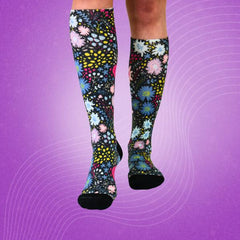
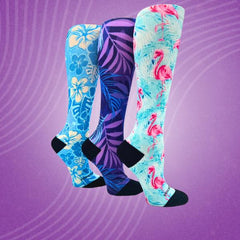
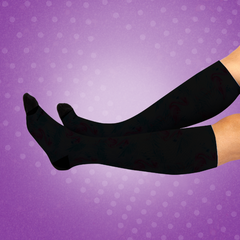

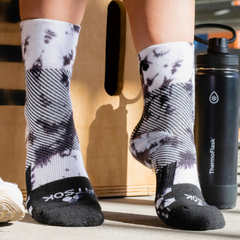
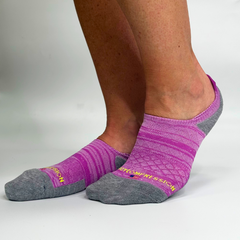
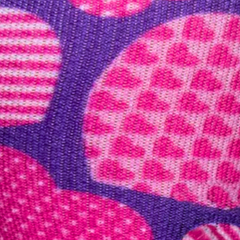

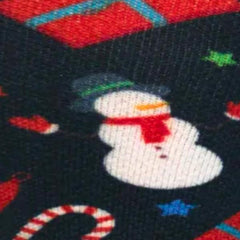


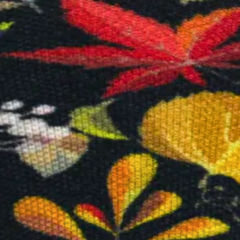

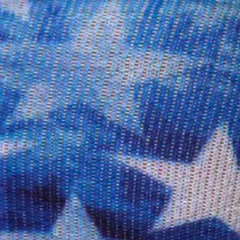


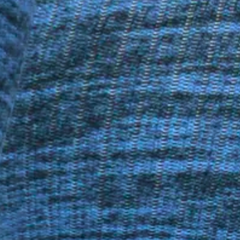
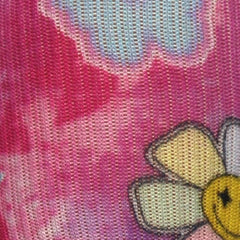

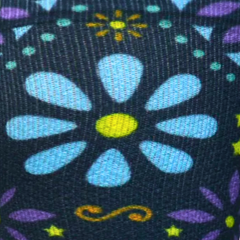
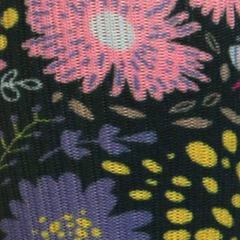
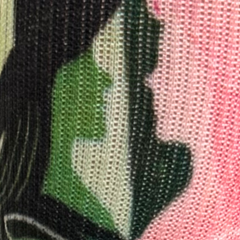
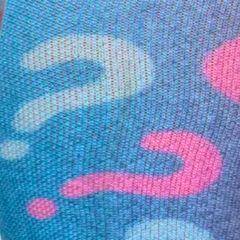
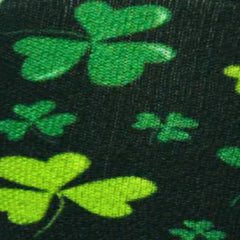
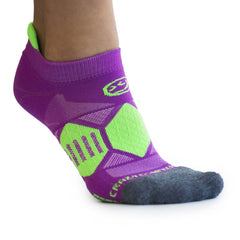

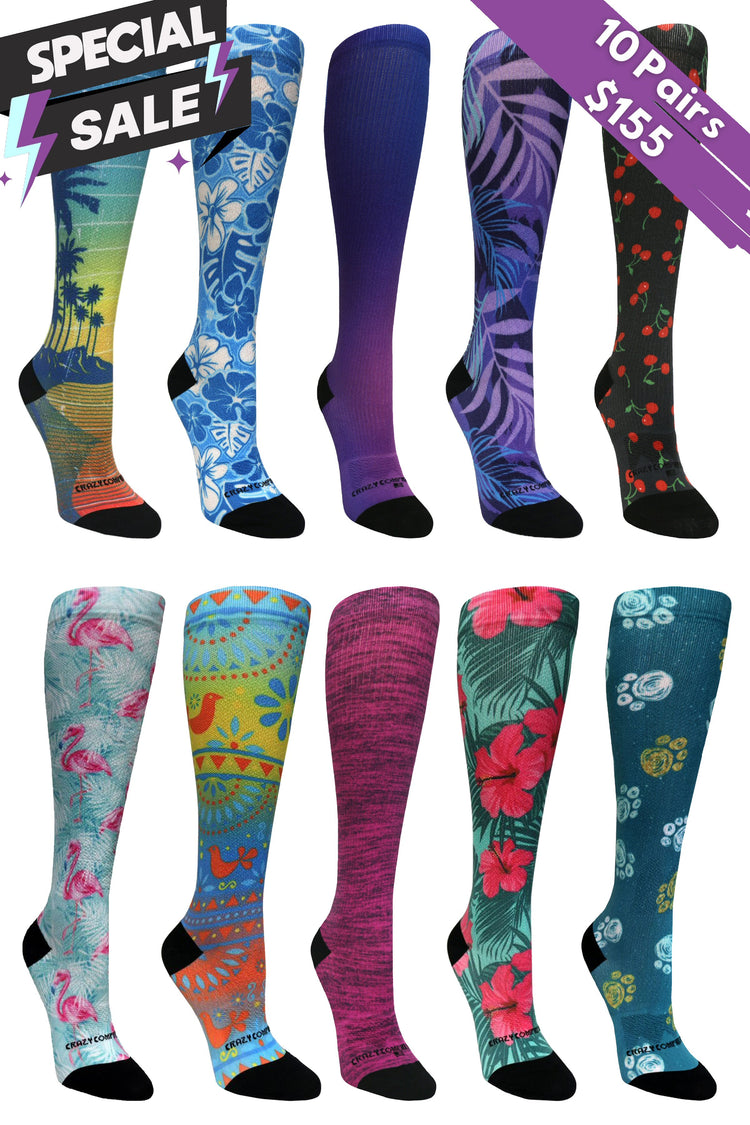



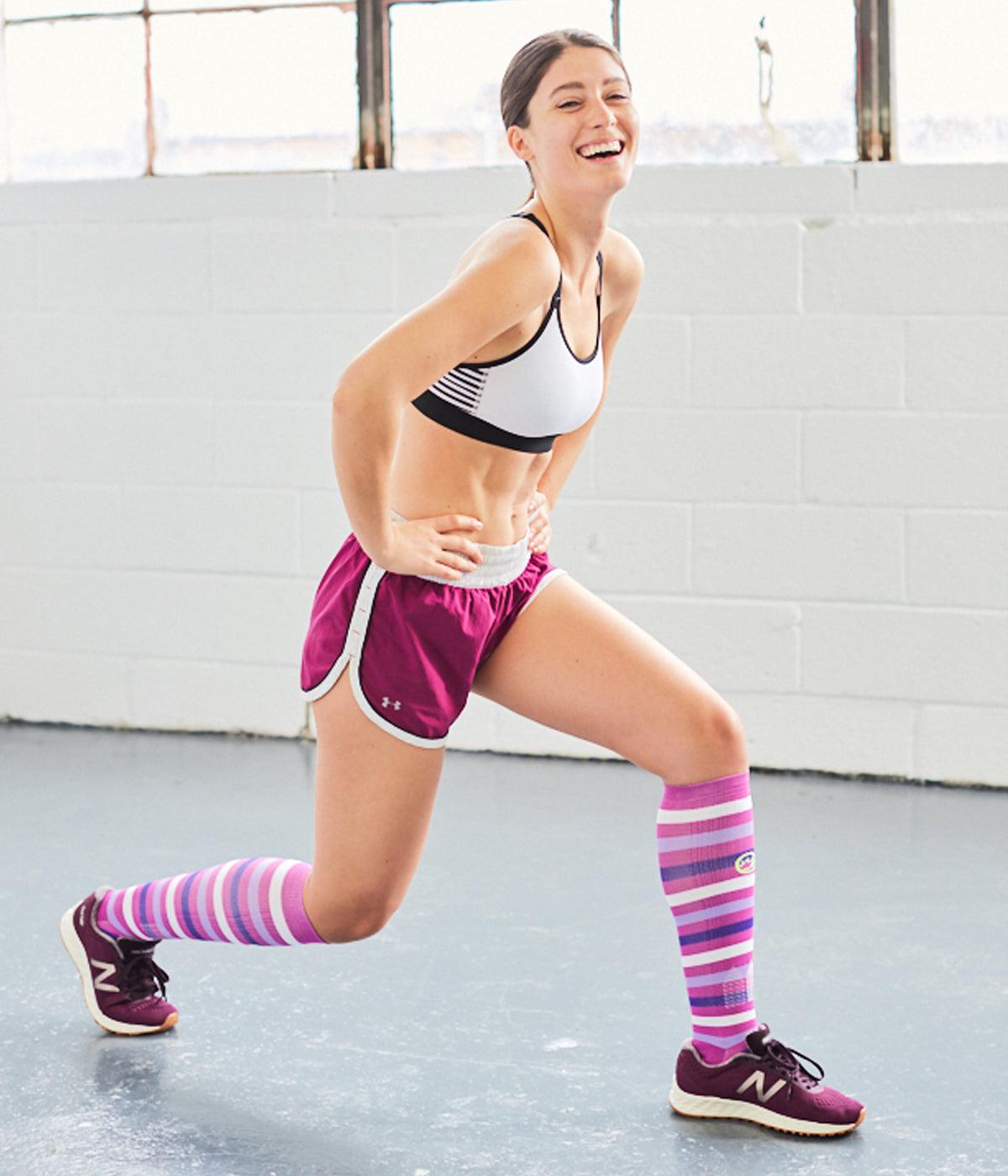

Leave a comment
This site is protected by hCaptcha and the hCaptcha Privacy Policy and Terms of Service apply.